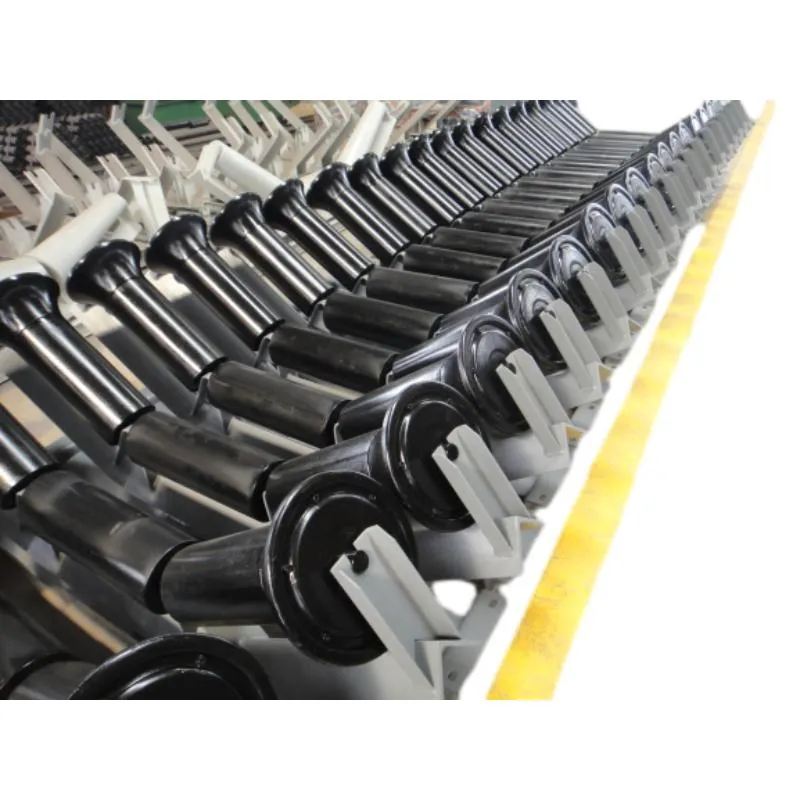 Afrikaans
Afrikaans  Albanian
Albanian  Amharic
Amharic  Arabic
Arabic  Armenian
Armenian  Azerbaijani
Azerbaijani  Basque
Basque  Belarusian
Belarusian  Bengali
Bengali  Bosnian
Bosnian  Bulgarian
Bulgarian  Catalan
Catalan  Cebuano
Cebuano  Corsican
Corsican  Croatian
Croatian  Czech
Czech  Danish
Danish  Dutch
Dutch  English
English  Esperanto
Esperanto  Estonian
Estonian  Finnish
Finnish  French
French  Frisian
Frisian  Galician
Galician  Georgian
Georgian  German
German  Greek
Greek  Gujarati
Gujarati  Haitian Creole
Haitian Creole  hausa
hausa  hawaiian
hawaiian  Hebrew
Hebrew  Hindi
Hindi  Miao
Miao  Hungarian
Hungarian  Icelandic
Icelandic  igbo
igbo  Indonesian
Indonesian  irish
irish  Italian
Italian  Japanese
Japanese  Javanese
Javanese  Kannada
Kannada  kazakh
kazakh  Khmer
Khmer  Rwandese
Rwandese  Korean
Korean  Kurdish
Kurdish  Kyrgyz
Kyrgyz  Lao
Lao  Latin
Latin  Latvian
Latvian  Lithuanian
Lithuanian  Luxembourgish
Luxembourgish  Macedonian
Macedonian  Malgashi
Malgashi  Malay
Malay  Malayalam
Malayalam  Maltese
Maltese  Maori
Maori  Marathi
Marathi  Mongolian
Mongolian  Myanmar
Myanmar  Nepali
Nepali  Norwegian
Norwegian  Norwegian
Norwegian  Occitan
Occitan  Pashto
Pashto  Persian
Persian  Polish
Polish  Portuguese
Portuguese  Punjabi
Punjabi  Romanian
Romanian  Russian
Russian  Samoan
Samoan  Scottish Gaelic
Scottish Gaelic  Serbian
Serbian  Sesotho
Sesotho  Shona
Shona  Sindhi
Sindhi  Sinhala
Sinhala  Slovak
Slovak  Slovenian
Slovenian  Somali
Somali  Spanish
Spanish  Sundanese
Sundanese  Swahili
Swahili  Swedish
Swedish  Tagalog
Tagalog  Tajik
Tajik  Tamil
Tamil  Tatar
Tatar  Telugu
Telugu  Thai
Thai  Turkish
Turkish  Turkmen
Turkmen  Ukrainian
Ukrainian  Urdu
Urdu  Uighur
Uighur  Uzbek
Uzbek  Vietnamese
Vietnamese  Welsh
Welsh  Bantu
Bantu  Yiddish
Yiddish  Yoruba
Yoruba  Zulu
Zulu Drive Belt Idler Pulley and Its Importance in Vehicle Performance and Maintenance
Understanding the Drive Belt Idler Pulley Function, Importance, and Maintenance
The drive belt idler pulley is a critical component of the engine's accessory drive system, playing a vital role in ensuring the smooth operation of a vehicle's engine. This unassuming part often goes unnoticed by the average car owner, yet it serves several important functions that contribute to the overall performance and reliability of a vehicle. In this article, we will delve into the role of the idler pulley, its significance, and how proper maintenance can prolong its life and enhance vehicle efficiency.
What is a Drive Belt Idler Pulley?
The drive belt idler pulley is a small wheel or pulley that serves as a guide for the serpentine belt or other drive belts in a vehicle. The serpentine belt is responsible for powering multiple engine accessories, such as the alternator, power steering pump, water pump, air conditioning compressor, and more. The idler pulley helps maintain the correct tension and alignment of this belt, ensuring that the various components operate smoothly and efficiently.
Functions of the Idler Pulley
1. Tension Maintenance One of the primary functions of the idler pulley is to maintain the tension on the serpentine belt. Adequate tension is crucial for the belt to grip the pulleys effectively, minimizing slip and maximizing power transfer. If the belt is too loose, it can lead to poor performance of engine accessories, while excessive tension can cause premature wear on both the belt and the pulleys.
2. Belt Alignment The idler pulley helps to keep the serpentine belt aligned by providing a surface for the belt to run over. Proper alignment reduces the risk of the belt slipping off the pulleys or experiencing uneven wear, which can lead to costly repairs.
3. Noise Reduction The idler pulley can also help to reduce noise generated by the serpentine belt. As the belt moves over various pulleys, it can produce vibrations and sounds if not properly guided. The idler pulley can absorb some of these vibrations, contributing to a quieter engine operation.
Importance of the Idler Pulley
Neglecting the idler pulley can have significant consequences. A failing idler pulley can lead to a loose serpentine belt, which can in turn result in erratic performance of engine accessories, such as dimming headlights, loss of power steering, or overheating due to an inoperative water pump.
drive belt idler pulley

Moreover, a malfunctioning idler pulley can cause the serpentine belt to wear unevenly, necessitating early replacement of both the belt and the pulley. This can lead to increased repair costs and unexpected breakdowns, emphasizing the importance of regular maintenance and inspection.
Maintenance and Inspection
To prolong the life of the drive belt idler pulley and the serpentine belt, routine maintenance is essential. Here are some tips for ensuring their longevity
1. Regular Inspections Check the idler pulley and serpentine belt periodically for signs of wear, such as cracks, fraying, or signs of glazing. If any damage is visible, replacement is warranted.
2. Listen for Noises Pay attention to any unusual noises from the engine bay, such as squeaks or rattles, which may indicate a failing idler pulley. Addressing these issues promptly can prevent further damage.
3. Check Tension Ensure that the serpentine belt maintains the proper tension. Most vehicles have a tensioner that can be adjusted, but if the idler pulley is worn out, it may need to be replaced to keep the system functioning optimally.
4. Follow Service Intervals Refer to the vehicle's owner's manual for recommended service intervals for both the serpentine belt and the idler pulley. Following these guidelines can help prevent premature failures.
Conclusion
In conclusion, the drive belt idler pulley plays an essential role in the engine's accessory drive system. By maintaining tension and alignment of the serpentine belt, it ensures the reliable operation of various engine accessories, contributing to the overall performance of the vehicle. Regular inspection and maintenance are key to maximizing the lifespan of the idler pulley and preventing potentially costly repairs down the line. By paying attention to this often-overlooked component, vehicle owners can ensure a smoother, more efficient driving experience.
-
Revolutionizing Conveyor Reliability with Advanced Rubber Lagging PulleysNewsJul.22,2025
-
Powering Precision and Durability with Expert Manufacturers of Conveyor ComponentsNewsJul.22,2025
-
Optimizing Conveyor Systems with Advanced Conveyor AccessoriesNewsJul.22,2025
-
Maximize Conveyor Efficiency with Quality Conveyor Idler PulleysNewsJul.22,2025
-
Future-Proof Your Conveyor System with High-Performance Polyurethane RollerNewsJul.22,2025
-
Driving Efficiency Forward with Quality Idlers and RollersNewsJul.22,2025





























